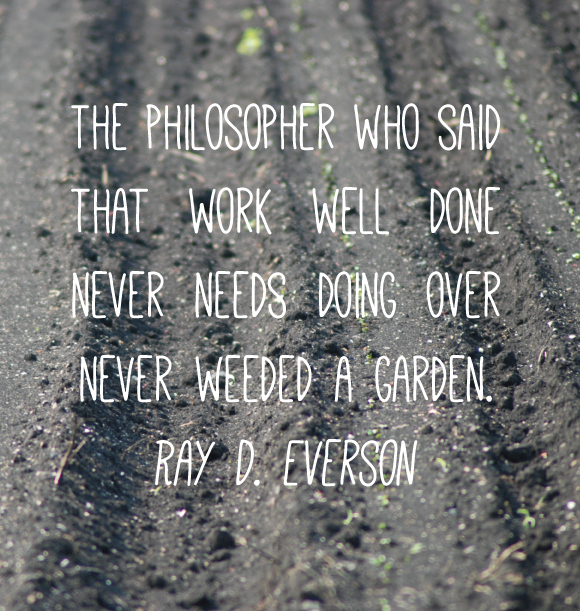
Spring has started to shine her lovely face upon us here in South Carolina, after a dreary winter that I am thrilled to be bidding adieu. The warmer weather has me thinking not only of my physical garden, but of my proverbial product garden as well. When was the last time you whipped out the pruning shears for a scrutinizing look at your offerings?
As with everything else, products have a life cycle. When they’re infants, each is the apple of our eye and we can’t wait to tell everyone about them. Toddlers? Get out of town- everything they do is adorable and the pace of their growth is mind boggling. As the teen years approach, things takes more work, a touch more patience, a bit of negotiations. And poof! Before you know it, those babies are off to college and out the door. So, too, are our products. After a decade in business, I’ve discovered that the more mindful I can be of that life cycle, the greater clarity I have in knowing when to coddle and cajole, when to let things coast and when to pull back and refocus my energies elsewhere.
Introduction
This stage encompasses product development, initial market debut and the early sales period. I’m immersed in conception and branding and busy establishing intellectual property rights. The double whammy of advertising costs (traditionally a significant expense as I work to establish awareness) coupled with a low sales volume means I’m not yet banking any profit. The good news is that I’m building brand and product awareness. If my product is especially innovative and I’m first on the scene, then I enjoy a particularly sweet spot until my competition rouses and enters the race. My promotion efforts are aimed at early adopters and specialty retailers. At this point, I coo over my new baby and show it off to anyone who will sit still for sixty solid seconds.
Growth
Provided I’ve done my homework and launched a solid product, this stage ushers in the expansion of my distribution network beyond the early adopters and hipsters. As customer awareness increases, demand follows and I’m able to attract a wider swath of wholesale buyers. Development costs are being recouped and I begin to ease off my promotion budget as visibility is raised. Those two factors result in increased revenue and tidy profits (hip, hip, hooray!). My pricing remains fairly high as the competitive landscape is just beginning to take shape and my foothold becomes more firm.
Maturity
My bouncing baby has now skidded into her teen years, welcomed by hormone swings and a sniping group of peers. During this stage, the rapid growth period begins to wane. Competitors have now officially entered the race and the market begins to flood with choice. I switch gears and move into a slightly defensive posture, supporting my products with a more competitive price, added incentives, refreshed packaging, and additional support or by launching in new markets. You’ve seen this type of strategy before: Pangea Organics switching to a direct selling platform or Jason Wu and Todd Oldham at Target. Putting a twist on my game will breathe new life into my product.
Decline
The grey hairs are beginning to rear their heads. My sales decline as as the competitive landscape crowds. My focus shifts from the promotion and support of this singular product to fortifying my brand image for sister products that aren’t in decline. I have two options at this point:
• Stand my ground: reduce production costs and hold steady in hopes that my competitors will tire
• Call it a day: retire the product, exit this particular race and focus energies on my next big adventure
For years I struggled with product discontinuations, reflecting fondly on how each of them was my favorite child at one time or another. Eventually, I discovered that clinging to products in decline negatively impacted my company and my customers. Knowing when to cut those ties has been a valuable lesson in business (and in life). The freedom I enjoy from giving a product a good hard run and then sending it gently into that goodnight invigorates me, allowing me to focus my attention on growth and innovation while celebrating successes along the way.
I encourage us all to use this season as a time of renewal. Take a long, hard look at your product collection and identify where each of those products are in their life cycle. Shake things up where you can, lay to rest what you can’t and get on with the adventure of building something new!
How have you felt the life cycle in your own product line? What products or business offerings could use a pruning?

